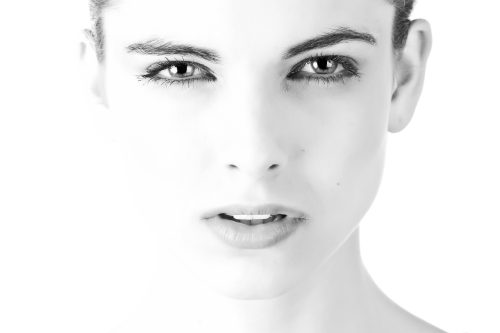Morphopsychology is the study of the relationship between facial features and personality. It is a branch of psychology that focuses on understanding how the shape and structure of the face can reveal information about a person’s character, emotions, and behavior. The field of morphopsychology has been around for over a century, but it is only recently that it has been used in therapy as a tool for understanding and helping clients.

Understanding the Face
Morphopsychology is based on the idea that the face is a reflection of the mind. Each facial feature is thought to correspond to a specific aspect of personality, such as intelligence, emotionality, and sociability. By analyzing the face, a therapist can gain insight into a client’s personality and behavior, and use this information to tailor therapy sessions and interventions.
One of the key techniques used in morphopsychology is facial analysis. This involves studying the shape, size, and position of different facial features, such as the eyes, nose, and mouth, and interpreting what they reveal about the person’s character. For example, a large forehead is thought to indicate intelligence, while a wide jaw is associated with assertiveness and decisiveness.

What Can A Therapist Observe On A Client’s Face
A client’s face can reveal various information to a therapist, depending on the specific techniques and approaches used in morphopsychology. By analyzing the shape, size, and position of different facial features, such as the eyes, nose, and mouth, a therapist can gain insight into a client’s personality. For example, a large forehead might indicate intelligence, while a wide jaw might indicate assertiveness and decisiveness.
The face is also the primary means by which we communicate our emotions to others, and it can reveal a lot about how a person is feeling. By analyzing a client’s facial expressions, a therapist can gain insight into their emotional state and help them to understand and manage their feelings more effectively.
Emotions and Facial Expressions
An important aspect of morphopsychology is the study of facial expressions and emotions.
A key technique used in this aspect of morphopsychology is the analysis of microexpressions. These are subtle, fleeting facial expressions that reveal a person’s true emotions, even when they are trying to hide them. By training to recognize microexpressions, therapists can become more attuned to their clients’ emotions and help them to identify and express their feelings more effectively.

Examples of Microexpressions
Microexpressions last for only a fraction of a second, and are often difficult to detect without training. Here are some examples of microexpressions and what they typically indicate:
- The “fear” microexpression: This is characterized by the raising of the eyebrows and widening of the eyes. It typically indicates fear or surprise.
- The “disgust” microexpression: This is characterized by the wrinkling of the nose and the raising of the upper lip. It typically indicates disgust or contempt.
- The “anger” microexpression: This is characterized by the tightening of the jaw and the furrowing of the brow. It typically indicates anger or frustration.
- The “sadness” microexpression: This is characterized by the drooping of the corners of the mouth and the lowering of the eyebrows. It typically indicates sadness or disappointment.
- The “happiness” microexpression: This is characterized by the raising of the corners of the mouth and the crinkling of the eyes. It typically indicates happiness or pleasure.
It’s important to note that microexpression analysis is a complex and nuanced field, and these are just some examples of the most common microexpressions. Also, microexpressions are not a definitive way to read a person’s emotion, it is important to take into account other aspects such as verbal and nonverbal cues, context and culture, and the overall behavior of the person.
Tailoring Therapy
One of the main advantages of using morphopsychology in therapy is that it allows therapists to tailor their approach to each individual client. By understanding the unique characteristics of a client’s face, a therapist can develop interventions that are specifically designed to address their specific needs.
For example, if a client has a large forehead and a small jaw, a therapist might focus on helping them to develop their intellectual abilities and decision-making skills. Conversely, if a client has a wide jaw and a small forehead, the therapist might focus on helping them to assert themselves and express their opinions more effectively.
Conclusion
Morphopsychology is a powerful tool for understanding and helping clients in therapy. By analyzing facial features and expressions, therapists can gain insight into a client’s personality, emotions, and behavior, and use this information to tailor their approach to meet the client’s specific needs.
While morphopsychology is not the only tool that therapists use, it can be a valuable addition to a therapist’s toolkit. By understanding the unique characteristics of a client’s face, therapists can help clients to understand and manage their emotions, develop their intellectual abilities, and express themselves more effectively.